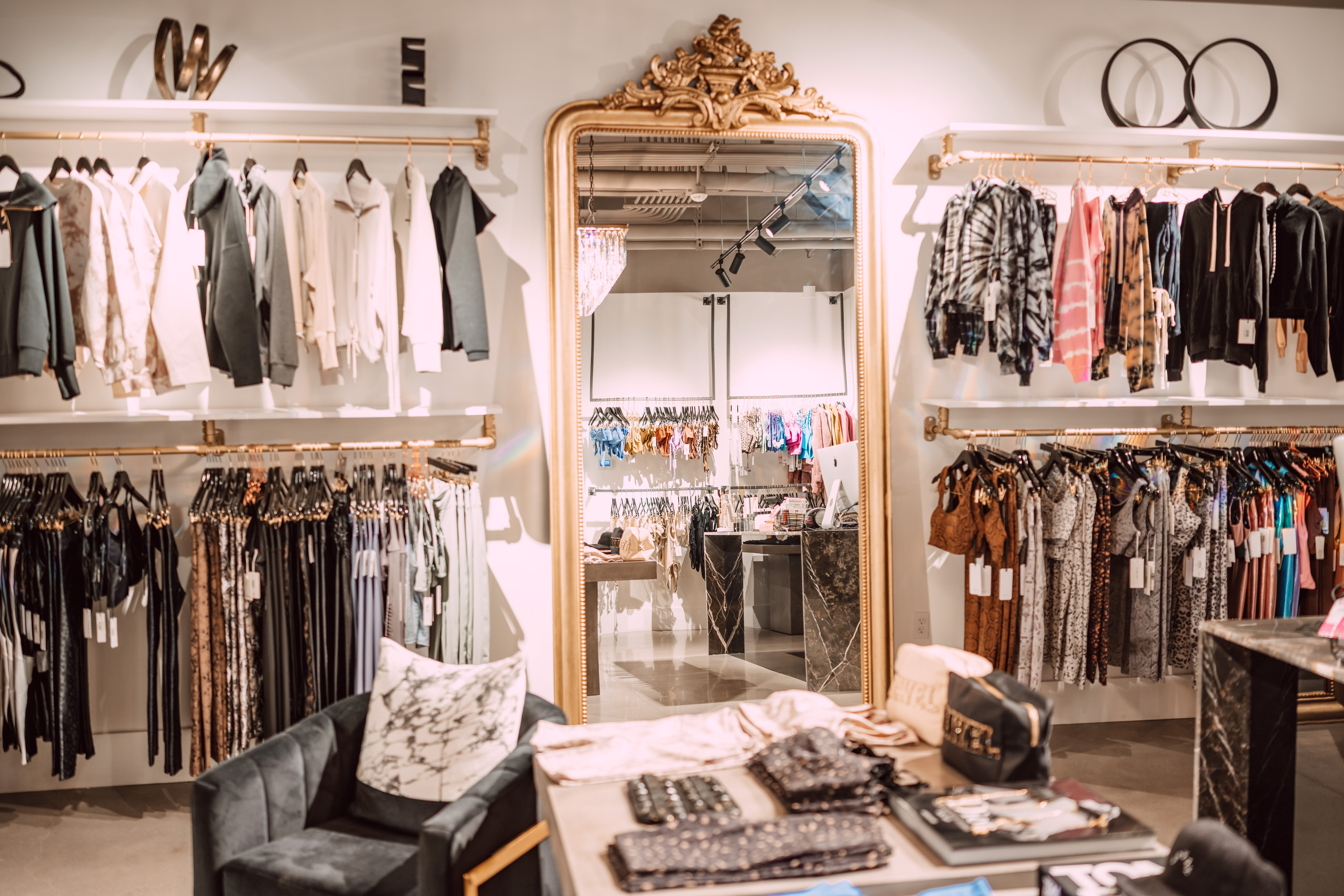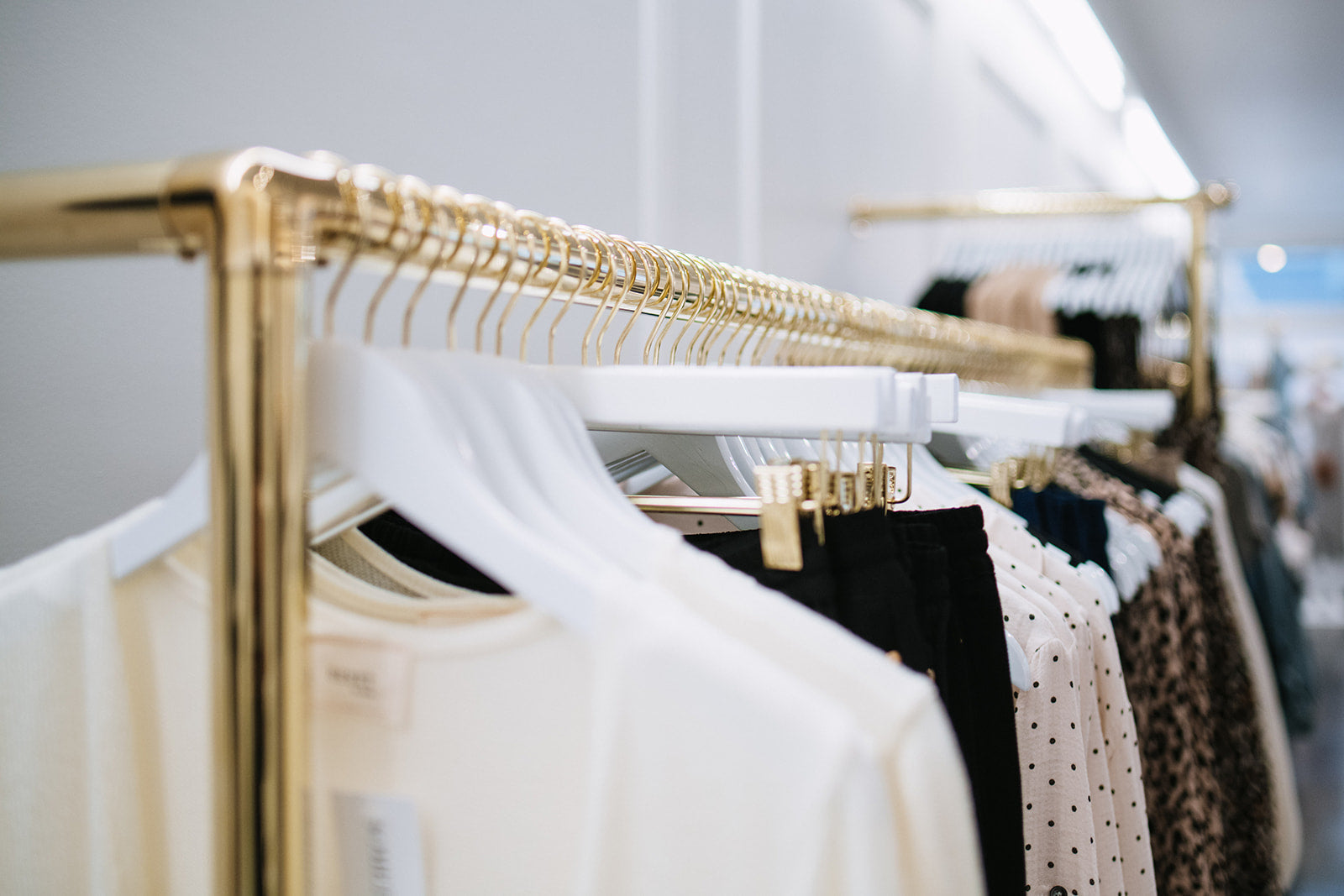Sustainable Fashion: Just How Eco-Friendly Clothing Is Shaping the Future of Design
As the fashion business deals with raising examination over its environmental effect, the rise of sustainable style offers a promising choice that straightens design with environmental duty. Using innovative materials such as recycled fibers and plant-based fabrics, together with sophisticated techniques like digital and 3D printing, developers are redefining what it implies to be stylish in the contemporary age. Concurrently, the expanding popularity of upcycling and thrift culture is cultivating a change in the direction of a circular economic climate. Just how does this activity absolutely affect the future trajectory of style, and what difficulties lie in advance in its widespread fostering?
Cutting-edge Lasting Products
As the fashion industry grapples with its ecological impact, cutting-edge lasting products have actually arised as an important option for lowering eco-friendly footprints. These products not only decrease reliance on fossil gas however additionally reduce harmful chemical usage and water usage.
In addition to plant-based products, developments in biofabrication have caused the growth of lab-grown fabrics. Mycelium natural leather, derived from mushroom origins, offers a functional and biodegradable alternative to animal leather. Its manufacturing causes substantially reduced carbon exhausts and water use, making it a much more sustainable alternative for fashion developers looking for to straighten with green methods.
Recycled materials are additionally obtaining grip, with polyester made from recycled plastic bottles standing for a considerable development. This advancement not only diverts plastic waste from seas and landfills yet also reduces power intake compared to creating virgin polyester. Together, these products highlight the potential for a much more lasting garment industry, leading the way for ecologically mindful style and production.
Eco-Conscious Production
Building on the innovations in sustainable materials, the fashion business is also re-evaluating its production procedures to additionally decrease ecological effect. Trick strategies consist of decreasing water usage, reducing carbon discharges, and getting rid of harmful chemicals. By taking on closed-loop systems, suppliers aim to reuse water and energy successfully, substantially decreasing waste. The integration of renewable resource sources, such as solar and wind power, into manufacturing facilities better cuts reliance on nonrenewable fuel sources.
An additional vital facet is the reduction of harmful chemicals traditionally utilized in coloring and ending up fabrics. Eco-conscious producers are changing in the direction of plant-based dyes and waterless dyeing technologies, which not only protect local ecological communities but additionally boost employee security. Technologies like digital printing decrease material waste and energy usage, supplying a cleaner option to typical methods.
Furthermore, transparency and traceability have actually become critical. With the development of blockchain innovation, business can now give thorough understandings right into their supply chains, making sure moral and eco-friendly techniques at each action. This openness constructs customer count on and encourages brands to maintain high sustainability requirements. As the demand for eco-conscious products grows, suppliers are urged to introduce, guaranteeing that the future of fashion is both lasting and trendy.
The Increase of Upcycling
Upcycling, a transformative method in lasting style, involves artistically repurposing discarded products right into new, top quality items. This ingenious method not just minimizes waste but likewise diminishes the demand for basic materials, consequently reducing the ecological impact of clothes production. By reconstructing and reimagining existing products, developers and style brands have the ability to infuse originality right into their collections while promoting environmental duty.

Furthermore, the upcycling movement has encouraged small businesses and independent designers, who often lead in innovation because of their agility and creative thinking. By utilizing on the plentiful accessibility of extra materials, these entities add to a round economic climate, demonstrating that style can be both lasting and stylish. Via upcycling, the sector takes significant strides in the direction of an extra accountable and aware future.
Thrift Society's Influence
The expanding thrift culture dramatically reshapes the landscape of lasting style, highlighting the importance of conscious usage. This social shift encourages consumers to accept secondhand apparel, thus reducing the need for brand-new garment manufacturing and reducing environmental influence. Thrift buying not only prolongs the lifecycle of apparel yet likewise lowers the carbon footprint connected with manufacturing, transferring, and getting rid of clothing.
A crucial element of second hand society is its democratization of fashion. By supplying a broad array of styles from numerous periods at budget-friendly costs, second hand stores make style easily accessible to a wider audience. This accessibility fosters a feeling of uniqueness and imagination, as customers mix and suit distinct items to curate tailored closets without adding to the rapid fashion cycle.
Moreover, second hand society promotes circularity in vogue, lining up with the principles of a circular economic climate. By recirculating garments, the cycle of waste is interfered with, and resources are saved. This practice supports a shift from a linear "take-make-dispose" model to an extra sustainable structure. As even more customers and designers embrace second hand society, the garment industry is compelled to adjust, incorporating sustainable techniques to fulfill the expanding need for eco-conscious choices.

Future Trends in Fashion
Style's evolution is significantly formed by sustainability-driven campaigns and technical technologies. One noticeable fad is the rise of digital style, where virtual garments can be used in augmented reality environments, considerably decreasing fabric waste.
Moreover, the assimilation of blockchain technology provides brand-new possibilities in openness and traceability, permitting consumers to confirm the sustainability credentials of their clothes. boutique fashion. This makes sure accountability in supply chains and advertises moral sourcing techniques. 3D printing is yet one more development that promises to revolutionize making procedures by allowing on-demand production, thereby lowering excess supply and waste
Furthermore, the development of bio-fabricated products, such as lab-grown leather and plant-based fabrics, provides lasting options to traditional materials. These technologies minimize reliance on animal products and resource-intensive crops. As these modern technologies mature, they are poised to transform the style landscape, merging style with sustainability. The future of fashion, therefore, hinges on a smooth mix of modern technology, technology, and environmental obligation.
Final Thought
The change of the apparel industry via lasting techniques shows an essential change towards ecological accountability. The integration of cutting-edge materials, eco-conscious production methods, and the embracement of upcycling and second hand society highlights a dedication to minimizing ecological impacts. As these practices obtain momentum, they redefine the industry's narrative by focusing Read Full Article on honest and lasting choices. This advancement not only straightens fashion with eco-friendly sustainability but likewise establishes a criterion for future fads concentrated on duty and innovation.
As the fashion market encounters increasing examination over its ecological impact, the rise of sustainable style supplies a promising choice that aligns style with eco-friendly duty.As the fashion market grapples with its ecological influence, innovative lasting products have emerged as a vital solution for lowering environmental footprints. With each other, these materials underscore the potential for an extra sustainable style sector, leading the means for environmentally mindful style and production.
Building on the innovations in lasting products, the style industry is likewise visit our website re-evaluating its manufacturing procedures to additionally lower environmental impact. boutique fashion.Upcycling, a transformative practice in lasting fashion, includes creatively repurposing discarded materials right into new, top notch items